Illicinae
Illex
Michael Vecchione and Richard E. Young


This tree diagram shows the relationships between several groups of organisms.
The root of the current tree connects the organisms featured in this tree to their containing group and the rest of the Tree of Life. The basal branching point in the tree represents the ancestor of the other groups in the tree. This ancestor diversified over time into several descendent subgroups, which are represented as internal nodes and terminal taxa to the right.

You can click on the root to travel down the Tree of Life all the way to the root of all Life, and you can click on the names of descendent subgroups to travel up the Tree of Life all the way to individual species.
For more information on ToL tree formatting, please see Interpreting the Tree or Classification. To learn more about phylogenetic trees, please visit our Phylogenetic Biology pages.
close boxIntroduction
This subfamily, as currently recognized, contains only the genus Illex. These are commercially important species found in neritic waters of the North and South Atlantic (Roper et al., 1998). The number of species in the North Atlantic has been controversial, with the validity of I. oxygonius repeatedly questioned. Carlini et al. (2006) used molecular methods to confirm that three species are present in the North Atlantic, although morphological identification of specimens other than mature males can be quite difficult.
Brief diagnosis:
Ommastrephids with ...
- suckers in eight series on tentacular club dactylus.
Characteristics
- Arms
- Either right or left ventral arm hectocotylized.
- Hectocotylus with distal protective membranes absent.
- Tentacles
- Large, medial club suckers with smooth or bluntly crenulated inner rings.
- Dactylus of tentacular club with suckers in eight series.
- Carpal locking-apparatus absent.
 Click on an image to view larger version & data in a new window
Click on an image to view larger version & data in a new window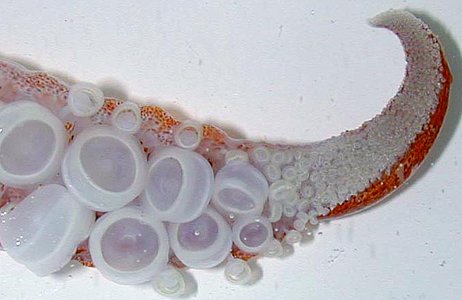
Figure. Oral view of the dactylus of the tentacular club of Illex sp. Photograph by M. Vecchione.
- Head
- Funnel groove without foveola or side pockets.
- Funnel groove without foveola or side pockets.
- Photophores
- Photophores absent.
Behavior
All species of Illex appear to congregrate, at least on occasion, near the ocean floor and spend time sitting on the ocean floor. Videos of Illex swimming near the ocean floor can be seen here.
Distribution
Found only in the Atlantic Ocean. Western Atlantic Ocean from Equator to Iceland and from southern Brazil to Patagonia, and eastern Atlantic from 20°S to 60°N, including Mediterranean Sea. These species are generally confined to continental shelf and slope areas, or nearby oceanic waters, perhaps because of their habit of sitting on the bottom at depths of up to 1000 m.
References
Carlini, D.B., L.K. Kunkle, and M. Vecchione. 2006. A molecular systematic evaluation of the squid genus Illex (Cephalopoda: Ommastrephidae) in the North Atlantic Ocean and Mediterranean Sea. Molec. Phylog. Evol. 41:496-502.
Roper, C.F.E., C. C. Lu, and M. Vecchione. 1998. Systematics and distribution of Illex species; a revision (Cephalopoda, Ommastrephidae). In: Voss, N.A., et al. (eds.) Systematics and Biogeography of Cephalopods. Smithson. Contr. Zool. 586:405-423.
About This Page

National Museum of Natural History, Washington, D. C. , USA
Richard E. Young

University of Hawaii, Honolulu, HI, USA
Page copyright © 2006 and Richard E. Young
- First online 06 April 2007
- Content changed 06 April 2007
Citing this page:
Vecchione, Michael and Young, Richard E. 2007. Illicinae . Illex . Version 06 April 2007 (under construction). http://tolweb.org/Illex/19940/2007.04.06 in The Tree of Life Web Project, http://tolweb.org/




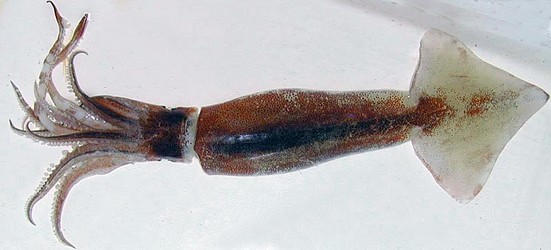
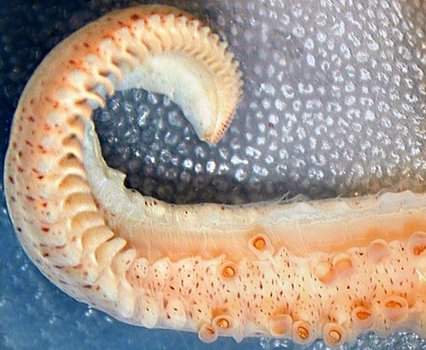

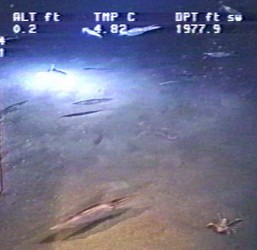
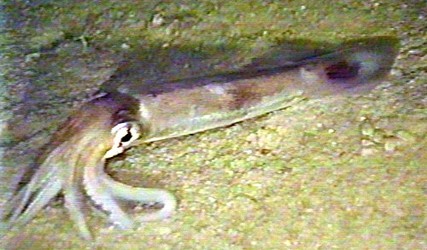


 Go to quick links
Go to quick search
Go to navigation for this section of the ToL site
Go to detailed links for the ToL site
Go to quick links
Go to quick search
Go to navigation for this section of the ToL site
Go to detailed links for the ToL site